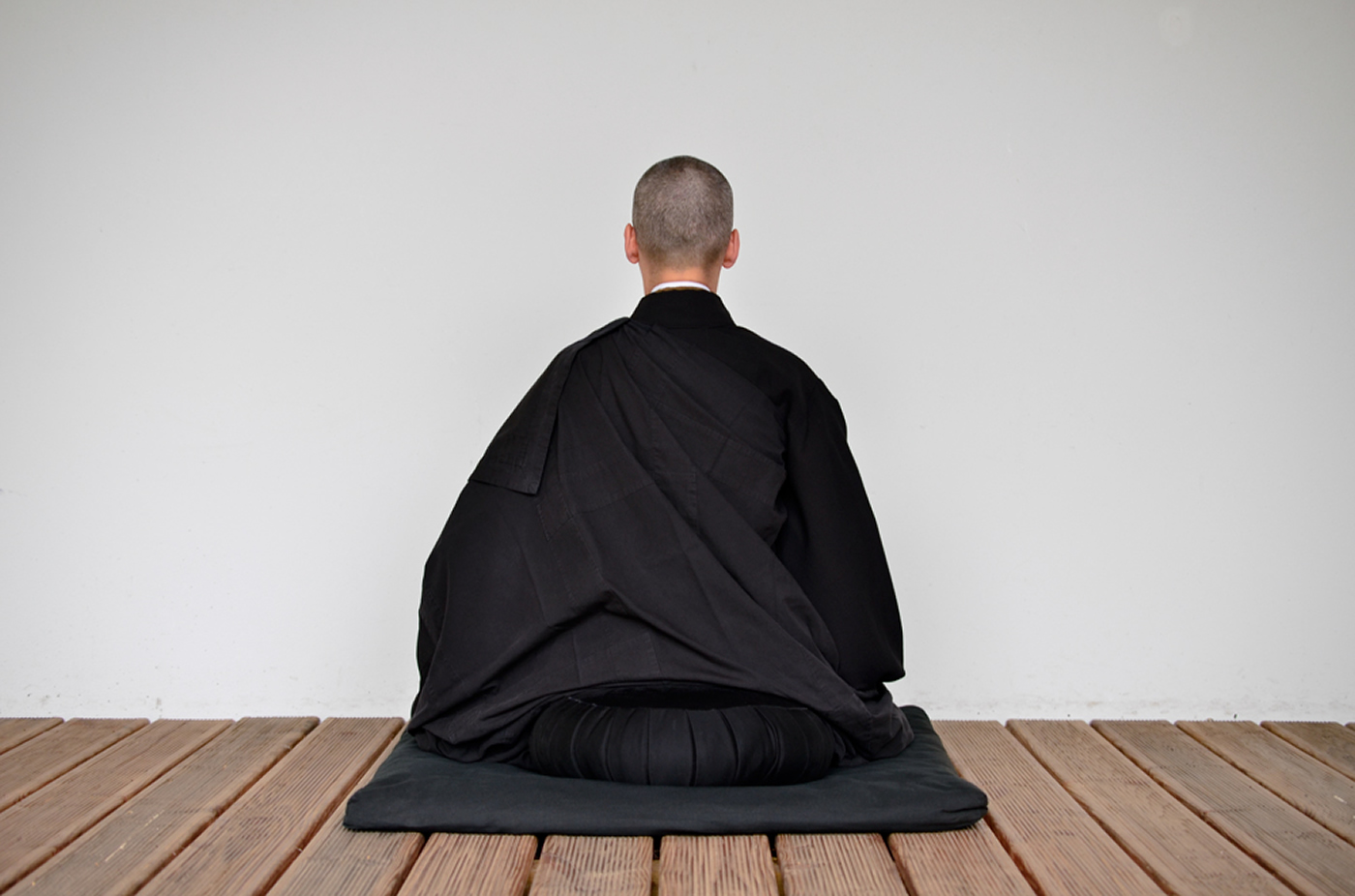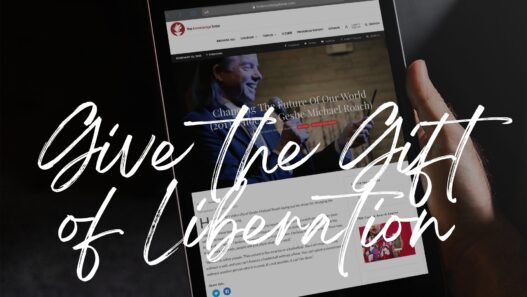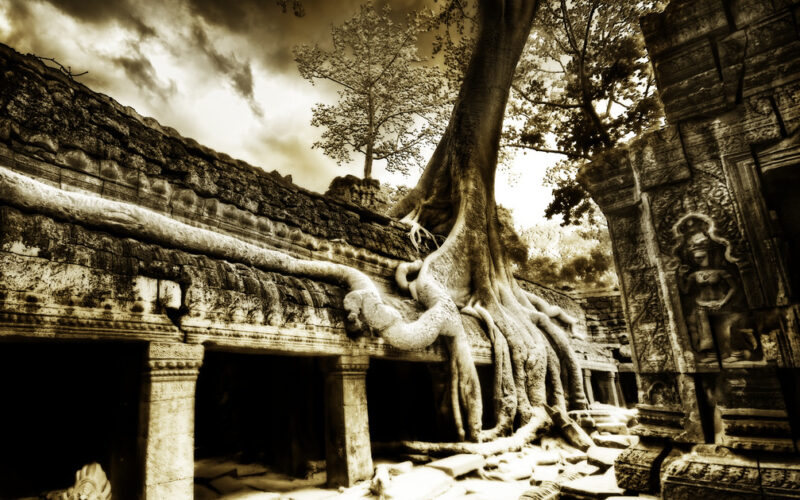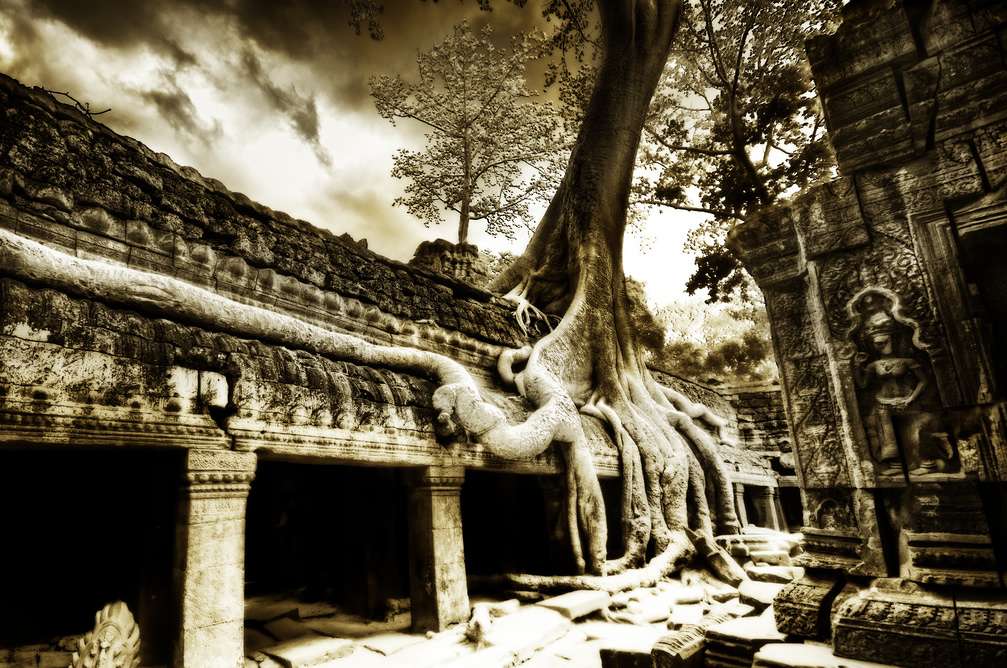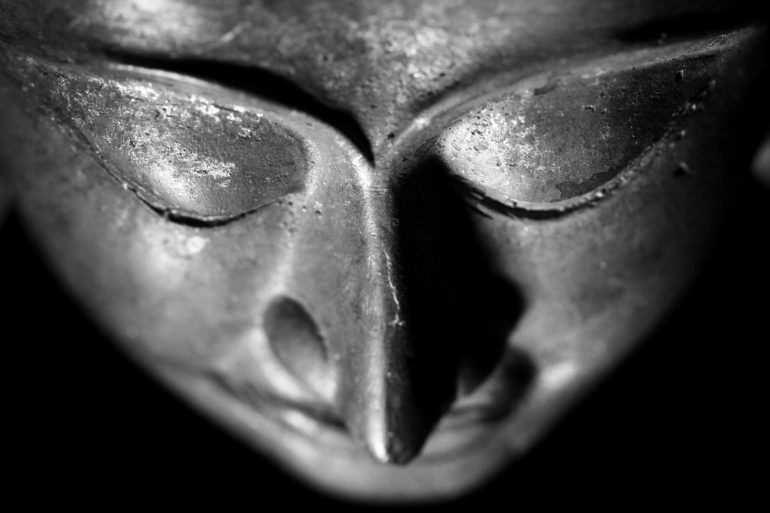So far in this series of posts, we’ve been talking about: 1) how to get your students to come back to your classes, 2) how to establish a daily yoga practice, and 3) what will help them achieve the dreams that they have for their own lives.
The four universal dreams
We’ve already mentioned briefly the four dreams that almost everyone has in their life. Believe me, the real reason that your students have come to your yoga class has something to do with one of these four dreams: financial security, a relationship with a good partner, staying young & healthy, and somehow being of service to the entire world.
Remember that, in the Diamond Cutter System, the first three dreams are related to the fourth: we achieve our own dreams, and thus provide an example for others to achieve theirs. Nobody’s going to believe that you have found the Secret to the Universe if you obviously aren’t using this secret yourself.
So here again we’ll just quickly review how people reach these four dreams. Is it just a coincidence that these four are reached through following what are known as the “Root Four” of the yamas, or codes of ethical behavior, as presented in ancient yogic classics like the Yoga Sutra?
How to reach financial security
The third of the yamas mentioned in the Yoga Sutra is of course asteya: non-stealing, or being careful to respect others’ property. As we progress in this moral code, we move on to helping others increase their property, helping others to get the things that they want. We’re not talking about helping people get their third Mercedes Benz. But before any of us can embark on a spiritual path, we need to have our physical needs met in a modest, healthy way. A safe, comfortable place to meditate; the time to engage in our spiritual studies, and to seek out the advice of authentic teachers.
We get these things for ourselves by helping others to get them first—through the Four Steps. A person who knows these steps well and who applies them carefully comes to have what I like to call “Oxygen Money”: enough financial security that you simply draw from it as you breathe oxygen in from the air around you, free and unlimited.
Applying the Four Steps “carefully” by the way implies that we have been trained in them by a qualified teacher, and that we continue under their guidance for the rest of our entire life. We all need this kind of direction, we all need to keep ourselves in this relationship, to someone who can be our constant “reality check.”
How to find your perfect partner
The fourth of the yamas is brahmacharya, or purity in our relationships: always respecting others’ partnerships. A good rule of thumb is never to say or do anything to another person’s partner that we wouldn’t if their partner, or ours, were standing there next to the two of us.
Again, we carry this injunction further on in order to plant the seeds we’ll need to create our own partner: we need to actively seek out people who don’t have companionship, and provide it to them first. We go through the Four Steps with them.
As we gain more confidence in the Diamond Cutter Principles, we can even “design” the details of the partner we create, or adjust qualities in our current partner: tweak them to be more affectionate, or to enjoy helping with the dishes.
How to stay young & healthy
The first of all the yamas is of course ahinsa (it is not pronounced ahimsa), or being careful never to harm another living being. Consciously respecting the life-force within every other living creature plants the seeds within us to stay young and healthy: it allows the yoga practice to “do its thing” on us. If we don’t recognize that ahinsa is why yoga really works, we obviously won’t be able to help our students with their own yoga.
Keeping the body full of youthful vigor of course requires that we go further, and seek out those who are sick or infirm, and serve them. This plants the seed for a long and healthy life. Taken to its farthest extreme, to its perfection, the practice of ahinsa creates for us the adamantine body mentioned in verses 45 and 46 of the third chapter of the Yoga Sutra itself.
With the Four Steps, we can overcome death itself. And that’s a greater gift to your students than just a different kind of handstand.
How to save the world
The ancient scriptures of Buddhism, a collection of books known as the Vinaya, outlines how the second of the “root” yamas relates to the desire that all of us have within us to one day help save the entire world—to become one of the superheroes that we are so obsessed with in our movies (Spiderman! Superman! Ironman! X-Men!—and of course my Tibetan Lama, Khen Rinpoche’s, favorite: Wonder Woman).
This second yama is satya, or being careful never to lie. In the Vinaya, this one relates very specifically to never lying—to ourselves or to others—about where we are in our spiritual life. This inner insistence on a Gandhian level of complete honesty within and outside of us enables us to travel ever higher on the spiritual path, to the direct perception of emptiness and then on to the day when we transform into an Angel of light who can serve entire planets. Even this we can accomplish, with the Four Steps.
Be a Living Example
One last word of encouragement. Over some four decades of teaching the Dharma to others, I’ve noticed one extremely important thing.
People don’t do what you say. People do what they see you doing, just like children with their parents.
It doesn’t matter how much you’ve studied or trained, if you’re not doing it yourself. And people can tell—don’t think they can’t. As yoga teachers, we need to be doing our own yoga: a modest, steady daily practice. We need to be meditating, and continuing with more and more study and self-improvement; and very importantly we need to be doing “hard” hands-on service of others—stuff like the soup kitchens, the prison visits. Otherwise we’re just heads in the air.
The reason to be a yoga teacher is to help others be happy. And we can’t do that if we haven’t been able to make ourselves happy. So your work is cut out for you: achieve your own financial independence; a great relationship (or a great celibacy, if that’s really your thing); youthful vigor; and the capacity to save the entire world. And then you can teach these things to others.
And good luck! I will be praying for your success.
- The Wisdom of Arya Nagarjuna Course 6: Medicine Buddha & Nagarjuna’s Wisdom (2024, Arizona) - March 31, 2025
- Дар освобождения 42: Сила Мечты: Воплощаем Великие Идеи В Жизнь (2023, Kyoto) - March 29, 2025
- Món Quà của Sự Giải Thoát 42: Năng Lực Đối Với Mơ Ước: Đưa Những Ý Tưởng Vĩ Đại Vào Đời Sống (2023, Kyoto) - March 29, 2025




